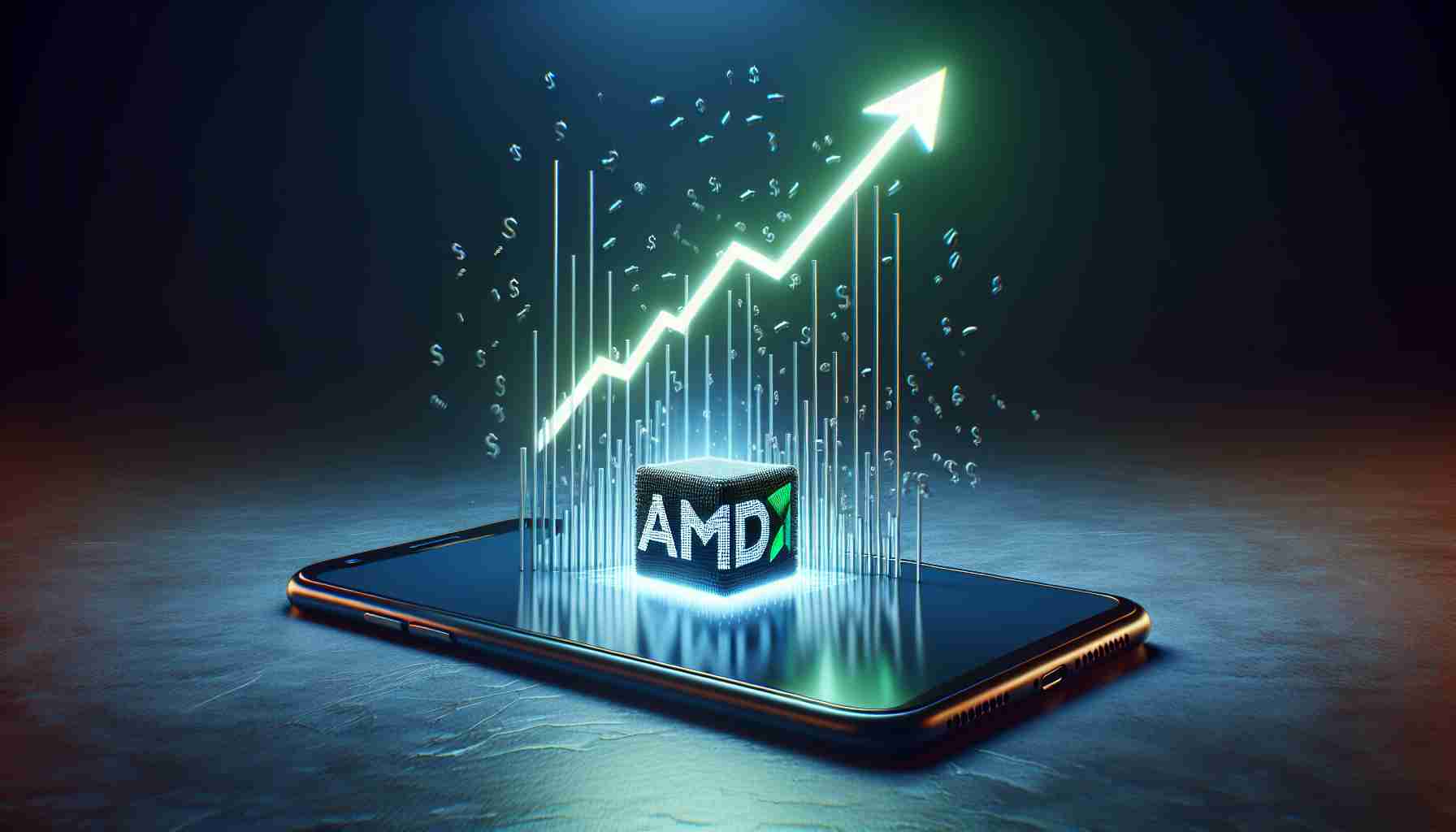A beloved classic in the gaming world is getting a modern-day facelift, making waves among fans and newcomers alike. The iconic 2004 game, Half-Life 2, is set to re-emerge with stunning visual enhancements. Recently unveiled as a free downloadable content package, “Half-Life 2 RTX” promises to introduce ray tracing and 4K support, breathing new life into the legendary title.
The creators have confirmed that this enhanced version will soon be available on Steam, delighting those eagerly awaiting an upgraded journey through the sci-fi adventure. Ray tracing technology—a significant leap in rendering techniques—alongside 4K resolution, is set to transform the already captivating world of Half-Life 2 into an even more immersive experience.
Fans of the original game will appreciate the revitalization of its graphics, offering a fresh perspective on the unforgettable landscapes and environments. This update ensures the game remains relevant and visually appealing amidst modern gaming standards. Expectations are high as players anticipate exploring City 17 and beyond with newfound visual clarity and realism.
As the gaming community eagerly awaits its arrival, “Half-Life 2 RTX” is poised to be a must-have addition for both dedicated fans and curious newcomers. Stay tuned to Steam for the official release and prepare for a nostalgic yet cutting-edge gaming experience unlike any before.
Reviving Classics: How Ray Tracing is Revolutionizing Gaming Technologies
The gaming industry has witnessed a flurry of excitement as one of its cherished classics, Half-Life 2, reemerges with cutting-edge enhancements. This iconic game, first released in 2004, is now being transformed through the lens of ray tracing technology and 4K resolution. However, beyond the nostalgic embrace and the visual spectacle, there’s a profound impact on both the technology and cultural landscape of gaming, potentially influencing future developments.
The Rise of Ray Tracing: A Game-Changer in Visual Fidelity
Ray tracing, once a tool reserved for the movie industry, has made its way into mainstream gaming, largely due to advancements in hardware capabilities. This technique simulates the physical behavior of light, providing more realistic reflections, shadows, and global illumination. While Half-Life 2 RTX showcases this leap vividly, ray tracing’s integration in games could redefine visual standards, demanding more powerful GPUs and encouraging technological evolution.
Advantages and Disadvantages
Advantages:
– Immersive Visuals: Players experience environments with unparalleled realism, drawing them deeper into the narrative and surroundings.
– Future-Proofing Games: Titles utilizing ray tracing are more likely to remain visually appealing in the years to come, avoiding rapid obsolescence.
Disadvantages:
– Hardware Demands: Not all players possess the necessary hardware to fully enjoy these enhancements, creating a divide between those who can experience cutting-edge visuals and those who cannot.
– Increased Development Costs: Implementing ray tracing may lead to heightened production expenses, potentially resulting in higher-priced video games.
Controversies Surrounding Technological Upgrades
The introduction of modern technology into classic games isn’t without controversy. Purists may argue that enhancements obscure the original art and intention of the game designers. On the flip side, for gaming archivists and those dedicated to preservation, these updates ensure that older games remain accessible and engaging to newer audiences, preserving their cultural significance.
How Does This Transformation Affect Broader Technological Trends?
The application of ray tracing in gaming isn’t limited to enhancing aesthetics; it may serve as a testing ground for other industries aiming to simulate real-world scenarios, such as architecture or urban planning. With bandwidths increasing and cloud streaming services advancing, ray tracing might soon become standard, even on less powerful devices.
FAQs: Addressing Common Queries
Q: Does this mean older games will all be redesigned with new technologies?
– A: It’s likely we’ll see more classics revitalized, but the adoption depends on demand, potential profitability, and availability of resources for developers.
Q: Will there be compatibility issues?
– A: Players might need to upgrade their systems to enjoy the full extent of new features, but developers often aim to maintain backwards compatibility.
For more information on technological advancements in gaming, check out Steam and other industry-leading platforms that provide insights and updates on the latest in gaming innovations.
As we stand at the intersection of nostalgia and innovation, it’s an exciting time for gamers and technologists alike. The reimagining of Half-Life 2 serves as a beacon for future advancements and the limitless possibilities awaiting in the realms of virtual entertainment.





















